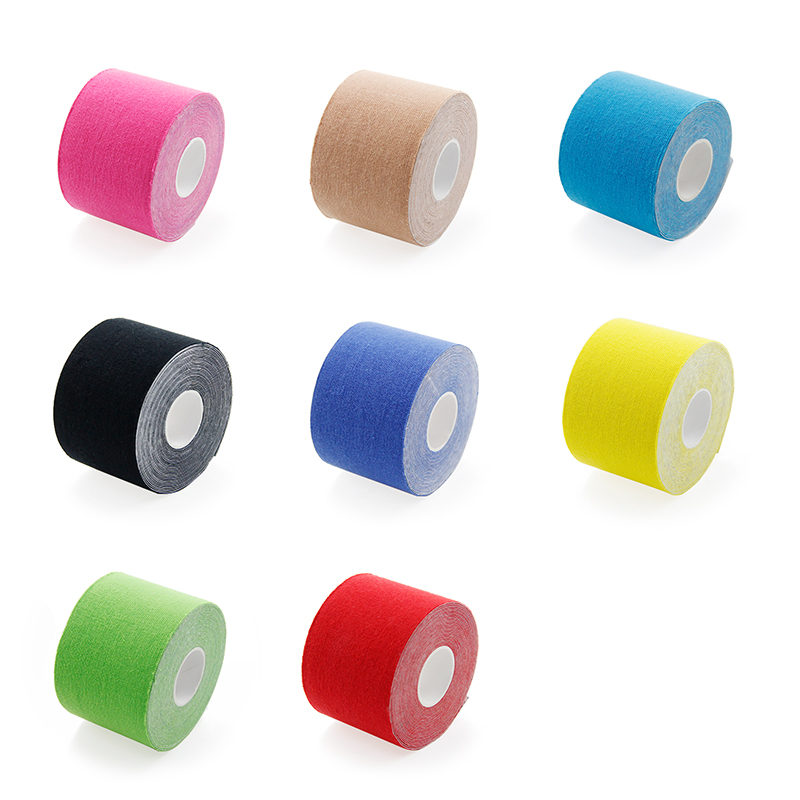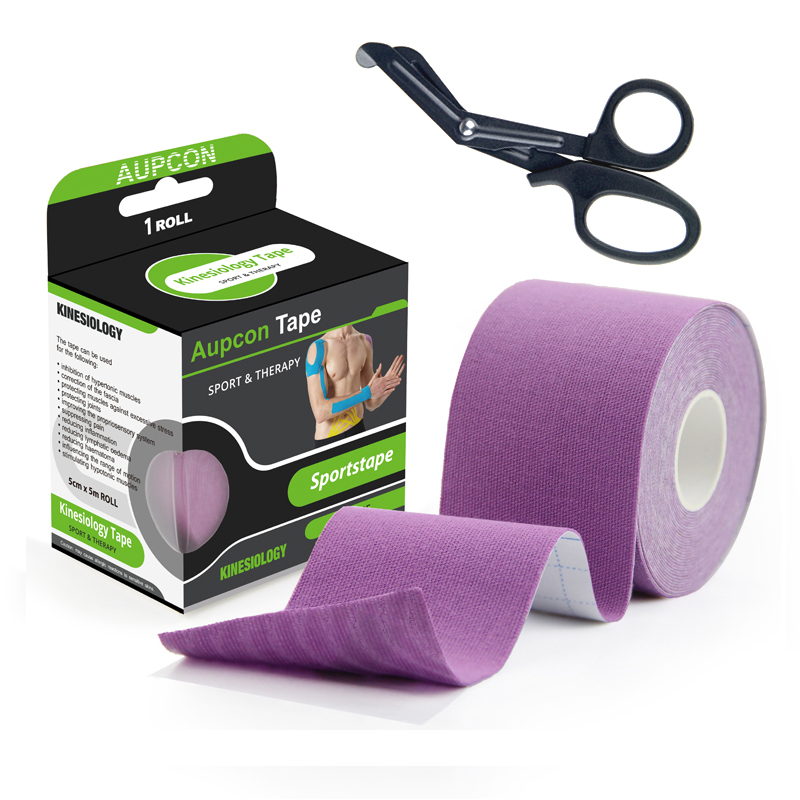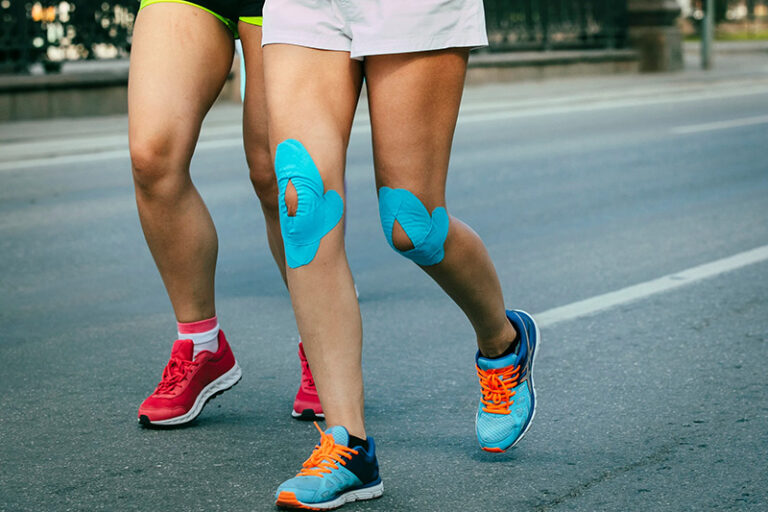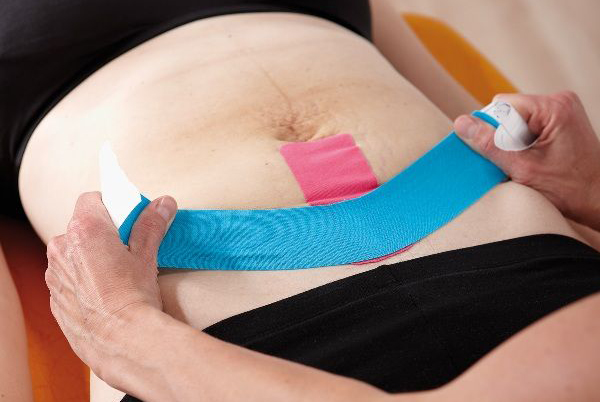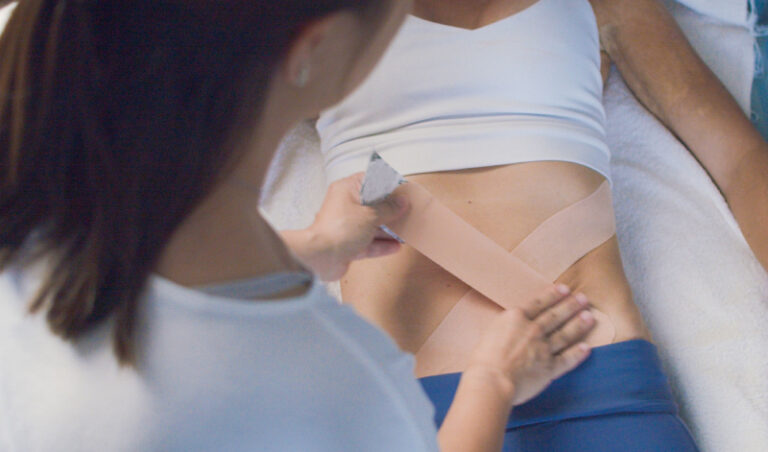Kinesiology Tape Vitello è un nastro di cotone sottile ed elastico utilizzato per vari scopi terapeutici. Quando applicato al polpaccio è noto come polpaccio con nastro kinesiologico.
Il nastro kinesiologico è stato sviluppato dal chiropratico giapponese Dr. Kenzo Kase negli anni '70. Il nastro è progettato per imitare le proprietà della pelle umana in termini di spessore ed elasticità. È realizzato in cotone o rayon con colla. Il nastro si estende longitudinalmente per l'applicazione diretta sulla pelle.
Le caratteristiche e i vantaggi principali del nastro kinesiologico per polpacci includono:
Elasticità: il polpaccio del nastro kinesiologico ha un'elevata elasticità e può allungarsi e contrarsi con il movimento dei muscoli del polpaccio. Questa elasticità consente la costruzione dei muscoli senza limitare il movimento delle articolazioni.
Traspirante: Kinesiology Tape Calf è traspirante per consentire all'aria di circolare ed evaporare l'umidità. Questo aiuta a prevenire l'eccessiva sudorazione e l'irritazione della pelle durante l'attività fisica.

Proprietà adesive: Kinesiology Tape Calf aderisce direttamente alla pelle e l'adesivo è generalmente ipoallergenico e privo di lattice, riducendo il rischio di reazioni allergiche.
Supporto e stabilità: se utilizzato correttamente, il polpaccio del nastro kinesiologico fornisce supporto e stabilità ai muscoli del polpaccio, contribuendo a ridurre i movimenti eccessivi o anomali durante l'attività fisica. Ciò è particolarmente utile in caso di debolezza muscolare, affaticamento o lesioni.
Sollievo dal dolore: Si pensa che il Kinesiology Tape Calf allevi il dolore riducendo la pressione sulla zona interessata, migliorando la circolazione e stimolando i recettori sensoriali nella pelle. Può aiutare ad alleviare il disagio associato a stiramenti del polpaccio, squilibri muscolari o lesioni da uso eccessivo.
Feedback propriocettivo: il nastro fornisce un feedback propriocettivo quando applicato sulla pelle, migliorando la consapevolezza del corpo e la coordinazione muscolare. Questo aiuta a migliorare i modelli di movimento e il controllo muscolare.
Cosa fa il taping sul polpaccio?
Supporto muscolare: il taping può aiutare a fornire un supporto aggiuntivo ai muscoli del polpaccio, specialmente se i muscoli sono deboli, affaticati o si stanno riprendendo da un infortunio. Il nastro può fornire supporto esterno e aiutare a ridurre la contrazione muscolare eccessiva o anormale durante l'esercizio.
Sollievo dal dolore: il taping può aiutare ad alleviare il dolore associato a condizioni come lesioni o stiramenti del polpaccio, squilibri muscolari o lesioni da uso eccessivo. Il taping può aiutare ad alleviare la pressione sulla zona interessata, ridurre l'infiammazione e fornire una stimolazione sensoriale che aiuta a diffondere il dolore.
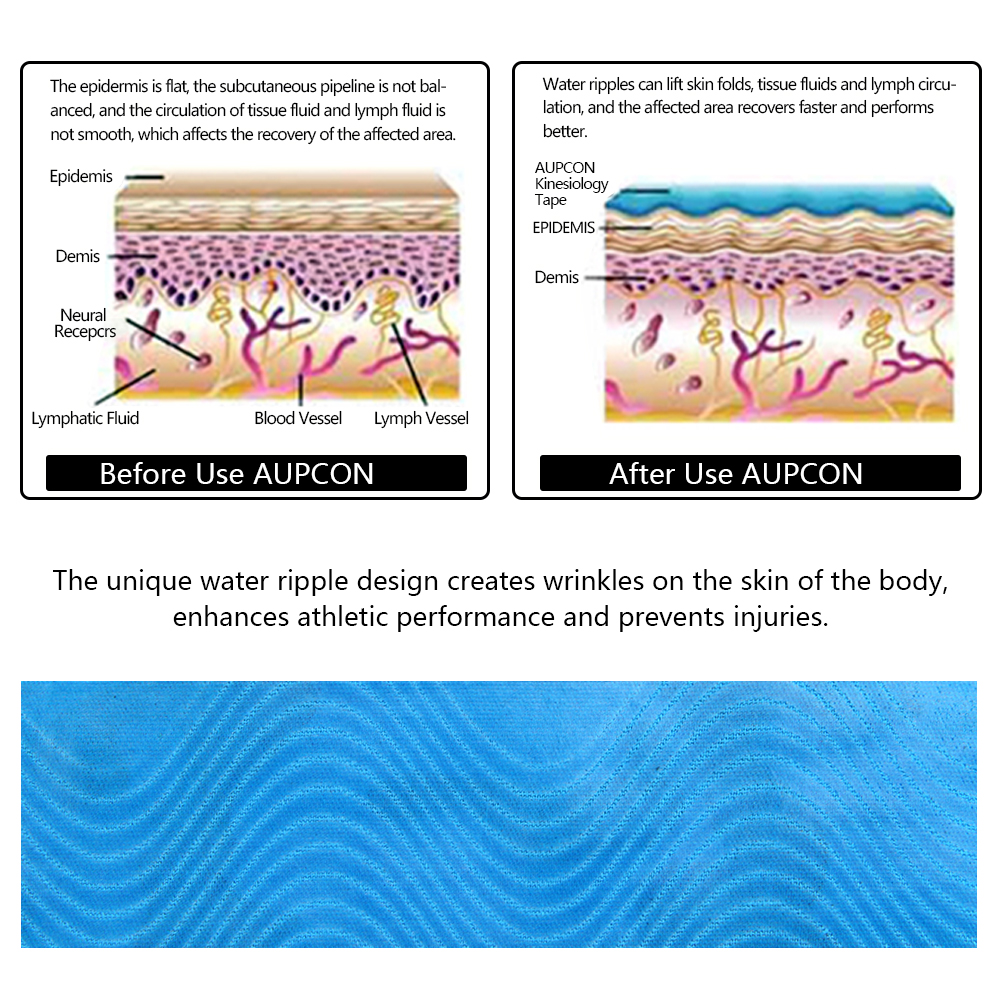
Ridurre il gonfiore: le tecniche di taping possono aiutare a ridurre il gonfiore o l'edema comprimendo delicatamente l'area. Questa compressione aiuta a migliorare la circolazione sanguigna e linfatica, favorendo la rimozione dei liquidi in eccesso e riducendo il gonfiore.
Miglioramento della circolazione: l'applicazione del nastro kinesiologico per polpacci può aiutare a migliorare la circolazione sanguigna nell'area del polpaccio. Sollevando delicatamente la pelle, il nastro favorisce un effetto pompa, che aumenta il flusso sanguigno e l'apporto di sostanze nutritive ai muscoli.
Feedback propriocettivo: il tocco può fornire un feedback propriocettivo, che si riferisce alla consapevolezza del corpo della sua posizione e movimento nello spazio. La delicata stimolazione del nastro sulla pelle migliora la propriocezione, contribuendo a migliorare la coordinazione e il controllo muscolare.
Come applicare il polpaccio del nastro kinesiologico?
Raccogli le forniture necessarie: avrai bisogno di nastro kinesiologico per polpaccio (disponibile nella maggior parte dei negozi di articoli sportivi o medici), forbici per tagliare il nastro e possibilmente un detergente per la pelle o un tampone imbevuto di alcol per pulire l'area in anticipo.
Prepara la pelle: assicurati che la pelle del polpaccio sia pulita, asciutta e priva di olio o lozione. Se necessario, pulire l'area con acqua e sapone neutro e lasciare asciugare o asciugare accuratamente.
Misurare e tagliare il nastro: Misurare e tagliare una striscia di polpaccio del nastro kinesiologico abbastanza lunga da coprire l'area desiderata del polpaccio. La lunghezza dipenderà dalle tue esigenze specifiche e dalle dimensioni dei muscoli del polpaccio.
Applicazione della cinghia di ancoraggio: iniziare applicando la cinghia di ancoraggio alla parte inferiore del polpaccio, appena sopra il tendine di Achille. La striscia deve essere applicata senza allungamento o tensione del nastro.
Applicare il nastro principale: rimuovere il nastro pretagliato e applicarlo verticalmente lungo il centro del polpaccio, iniziando dalla cinghia e salendo fino al ginocchio. Applicare il nastro con un allungamento 50%, il che significa che si desidera allungare il nastro a circa la metà della sua lunghezza originale quando lo si applica.
Liscia il nastro: usa le mani per strofinare delicatamente lungo il nastro applicato per assicurarti che aderisca bene alla pelle senza rughe o pieghe. Questo passaggio aiuta ad attivare l'adesivo e garantisce un'adesione ottimale del nastro.
Strisce aggiuntive facoltative: a seconda delle tue esigenze specifiche, puoi applicare strisce aggiuntive attorno ai muscoli del polpaccio, seguendo una tecnica di allungamento simile e sovrapponendo leggermente le strisce precedenti.
Prova e regola: dopo aver applicato il nastro, fai alcuni movimenti delicati per assicurarti che sia comodo e supportato. È possibile apportare piccole modifiche o riapplicare il nastro per una migliore vestibilità o supporto, se necessario.
Ricorda, se non sei sicuro di una tecnica di taping specifica per la tua situazione, o se hai bisogno di taping personalizzato, consulta sempre un professionista sanitario o un terapista atletico qualificato. Possono fornirti una guida esperta su misura per le tue esigenze individuali.



